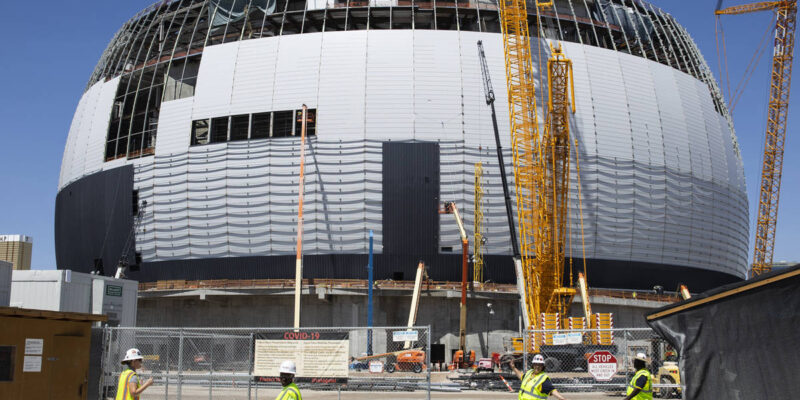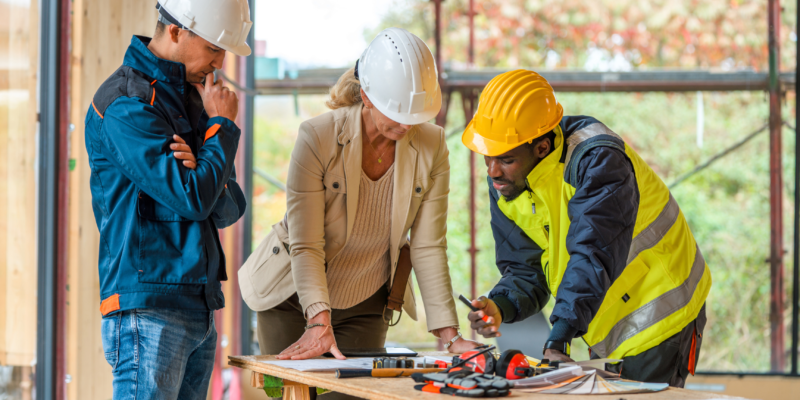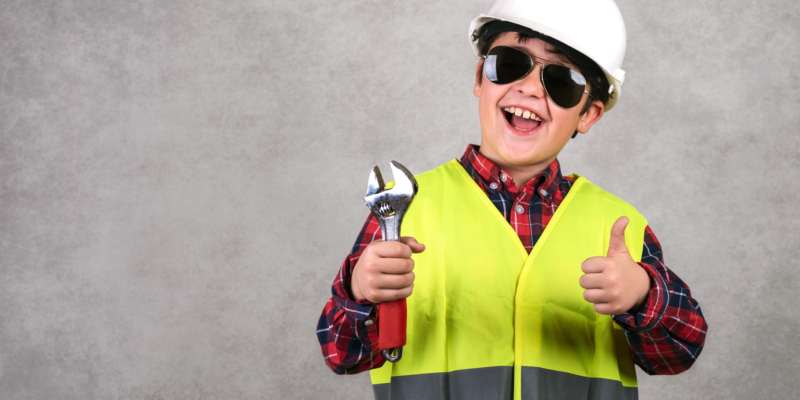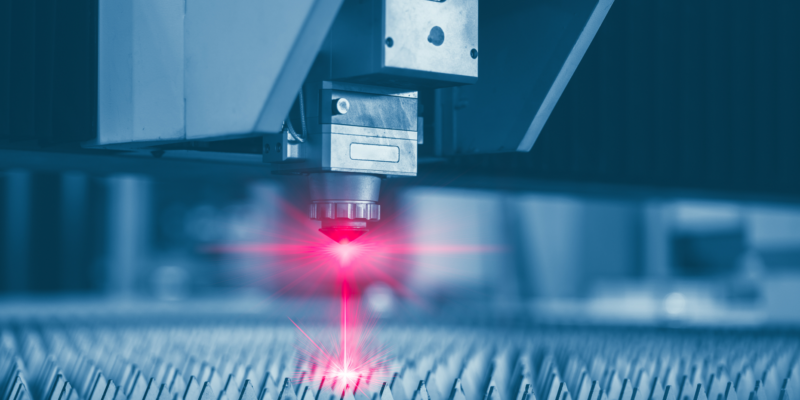As we recently saw in Maui, Canada, and all across the West Coast of the United States, wildfires happen quickly and with very little warning. Due to climate change, urban sprawl, and other factors, they have become increasingly destructive and more frequent, which means the need for fire-resistant buildings has never been more urgent. Fortunately, there are some key strategies used when designing structures that can help them withstand wildfires, protecting both lives and property.
Understanding Wildfire Vulnerability
Before diving into building construction, it’s essential to understand the factors that contribute to a building’s vulnerability during a wildfire:
Materials: Traditional building materials like wood siding and shingles are highly flammable. Choosing fire-resistant materials is the first step in building resilience.
Embers: Embers carried by the wind can ignite structures even before the fire front arrives. Sealing entry points for embers is crucial.
Roof Design: Roofs are particularly vulnerable, as embers can accumulate in gutters and vents, leading to ignition. Proper roof design is essential to keeping a building safe.
Landscaping: Vegetation near the building can fuel a wildfire’s intensity, so creating defensible space around structures is vital.
Location: Buildings in wildfire-prone areas are at higher risk, so it’s important to understand local fire behavior and regulations.
Designing Wildfire-Resistant Structures
Fortunately, we’ve come a long way in construction technology, and there are many ways to help protect structures from wildfires:
Use Fire-Resistant Materials
Choose non-combustible materials for building exteriors, such as stucco, concrete, or fiber cement siding. Metal roofing and tempered glass windows are also excellent choices, because these materials can withstand direct exposure to flames.
Protect the Roof
Roof design is critical to protecting the rest of the structure. Consider using Class A fire-rated roofing materials, such as asphalt shingles with fire-resistant coatings, clay or concrete tiles, or metal roofing. Clear out gutters and install spark arrestors on vents to prevent ember intrusion.
Seal Entry Points
Those embers that can start your roof on fire can also enter buildings through vents, gaps, and openings. Seal these entry points with non-combustible materials and employ ember-resistant vent covers.
Create Defensible Space
Maintain a buffer zone of non-flammable vegetation around your building. If you have a lawn, keep it well watered. Keep trees and bushes trimmed, and store firewood and flammable items away from structures.
Fire-Resistant Windows and Doors
Install fire-resistant windows and doors, which are designed to withstand high heat and flames. These can be crucial for preventing interior fires caused by radiant heat.
Regular Maintenance
This one might seem obvious, but you’d be surprised how many people don’t do this. Regularly inspect and maintain your building to ensure that fire-resistant features remain effective over time. If you do find anything that has been damaged or has deteriorated, replace it promptly.
Build Firebreaks
When possible, incorporate firebreaks, such as wide driveways or gravel pathways, to impede the fire’s progress toward the building.
Consult Local Building Codes and Experts
Compliance with local building codes and consultation with wildfire mitigation experts can be extremely helpful! These experts can offer site-specific guidance tailored to your location’s unique wildfire risks, and can help you protect your project in often unexpected ways.
Designing structures to survive wildfires can feel complicated, but by using these tips, you can significantly increase your building’s chances of withstanding a wildfire. And if you need equipment or staffing to finish your wildfire-safe project, Steadfast, Entities, LLC is here to help! Because we know it’s not just about protecting property value; it’s about producing quality, long-lasting construction projects.










